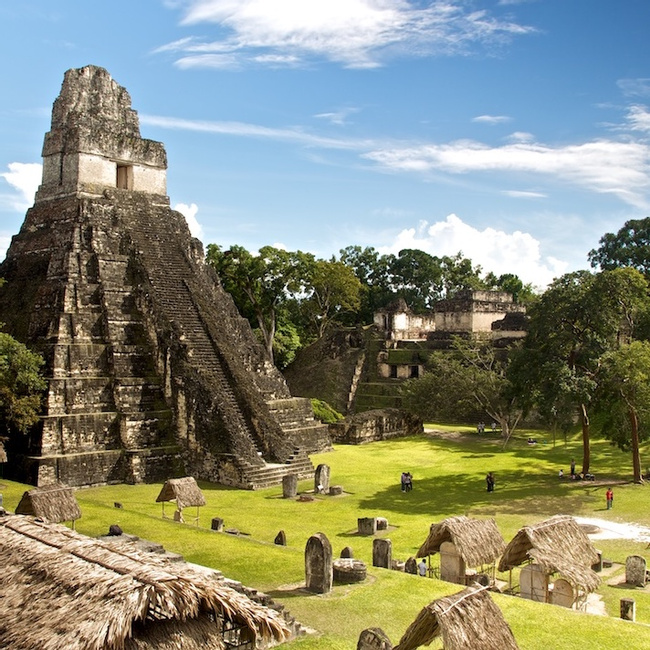- Travel Guides
Holidays and Festivals in Guatemala
Guatemala’s year is punctuated by an assortment of holidays, festivals, and celebrations. Some festivals are small and unique to a village, while others are commemorated across the entire country. If you happen to be around during a festival, make plans to see it. They are colorful and festive affairs.

The vibrant and diverse cultural heritage of Guatemala makes for some incredible and colorful holidays and festivals. This is further fueled by Guatemala's religious practices, which are actually a combination of several beliefs and their traditions.
Guatemala’s Independence Day is celebrated on September 15. This holiday is celebrated like others in Guatemala — with dancing, music, parades, food, and fireworks.
All Saints Day
(Día de Todos los Santos) is celebrated on November 1st throughout Guatemala. The town of Todos Santos Cuchumatán has one of the best festivals, during which local men hold a wild (and drunken) horse race. You can also enjoy fiambre during All Saints Day — this is a Guatemalan dish that is typically only eaten during this festival.
The Day of the Dead
(Día de Los Muertos) also takes place immediately after All Saints Day and is celebrated across Guatemala. On this day, families head to the local cemetery to mark the gravestones of departed relatives with candles and flowers.
Burning of The Devil
On December 7, Guatemala celebrates one of its more unique holidays — Burning of the Devil. All over Guatemala families take burnable items — including waste paper, old magazines, and trash — and light them on fire in the street. This ritual is meant to cleanse the households as they prepare for the holy week surrounding Christmas.
Fiesta de Santo Tomás
The Fiesta de Santo Tomás takes place in Chichicastenango from December 14–21. This is a fun, colorful festival that revolves around the town’s church, which dates back to 1540. There is dancing, fireworks, and drinking. The celebration culminates with firecrackers and the palo volador ritual, during which men swing from ropes that are attached to a tall central pole.
Familiar Holidays
Guatemala shares many holidays with the U.S. and the rest of the world, including Christmas and the New Year. Christmas is an interesting mixture of indigenous and Catholic traditions. Many towns hold religious processions during the nine days leading up to Christmas Day.
Semana Santa, or Holy Week, takes place during the week of Easter. It’s one of the country’s largest and most universal celebrations. Lively religious processions occur and colorful carpets known as alfombras, which are made from dyed sawdust and flower petals, are paraded down the streets.
The town of Cobán, in the Central Highlands, hosts an annual folklore festival in late July or early August. Known as Rabin Ajau, this impressive festival showcases Mayan traditions and includes music and dance. A Mayan beauty queen is also crowned.
We believe travel is more than ticking destinations off a list – it’s about discovering new places deeply, feeling connected wherever you go, and knowing you have a trusted team behind you every step of the way.



